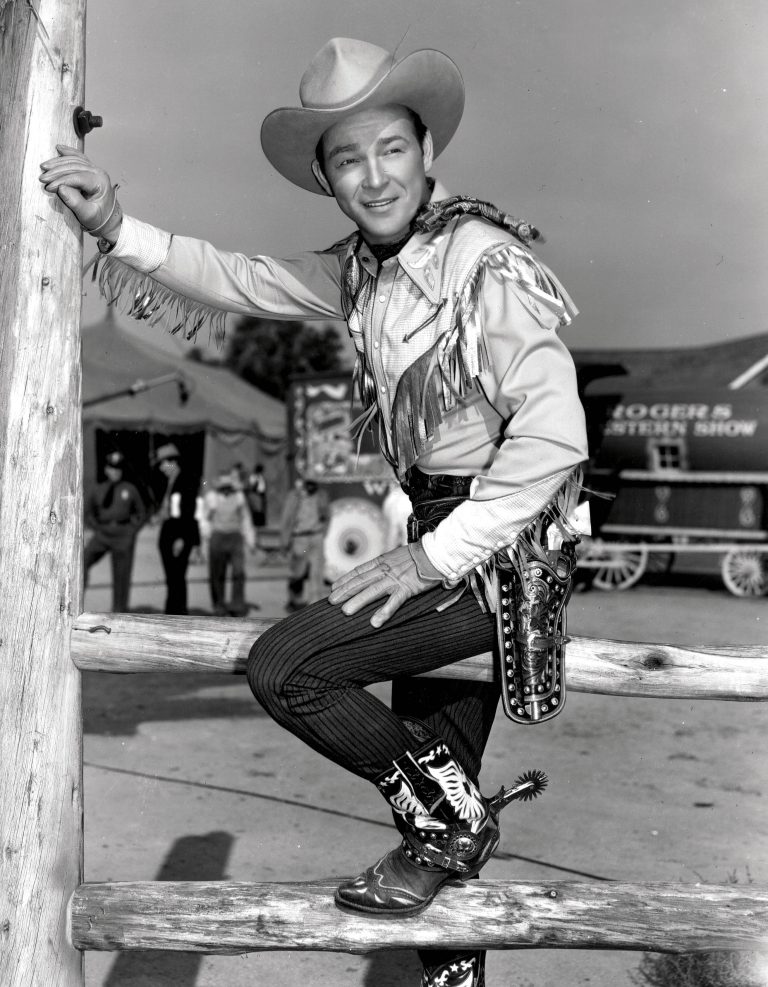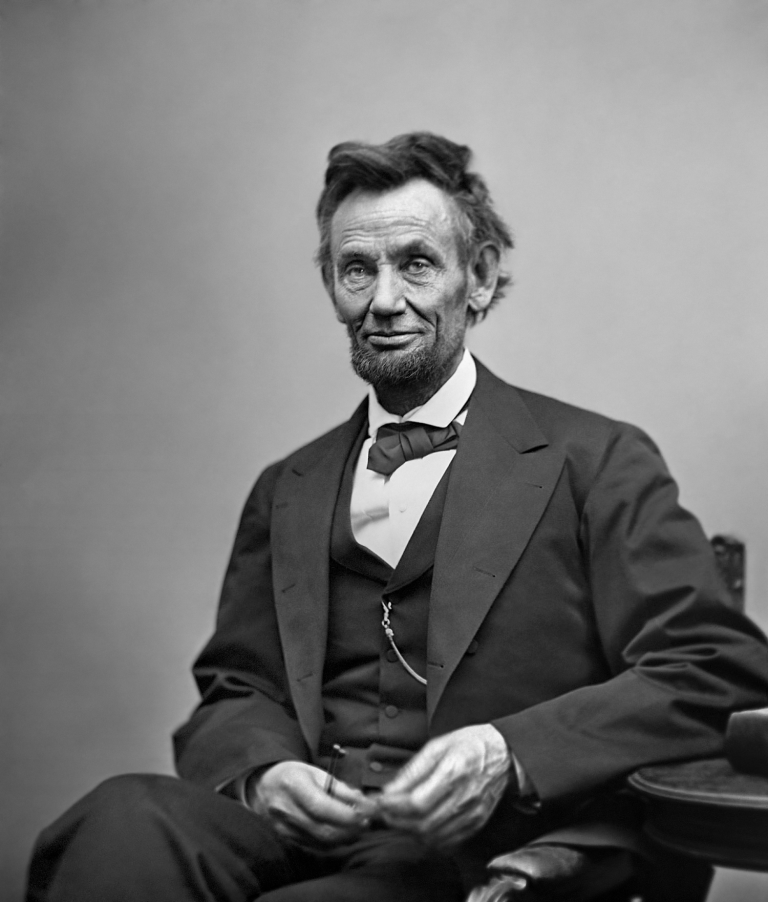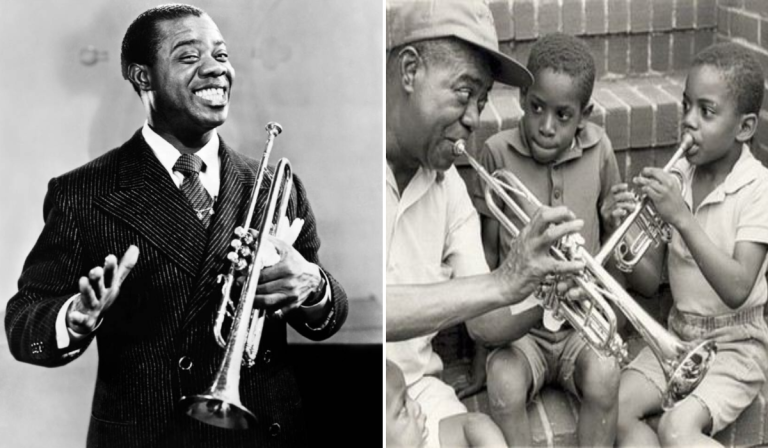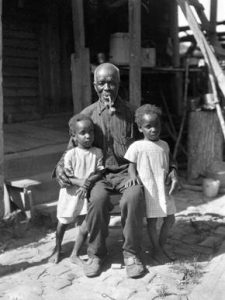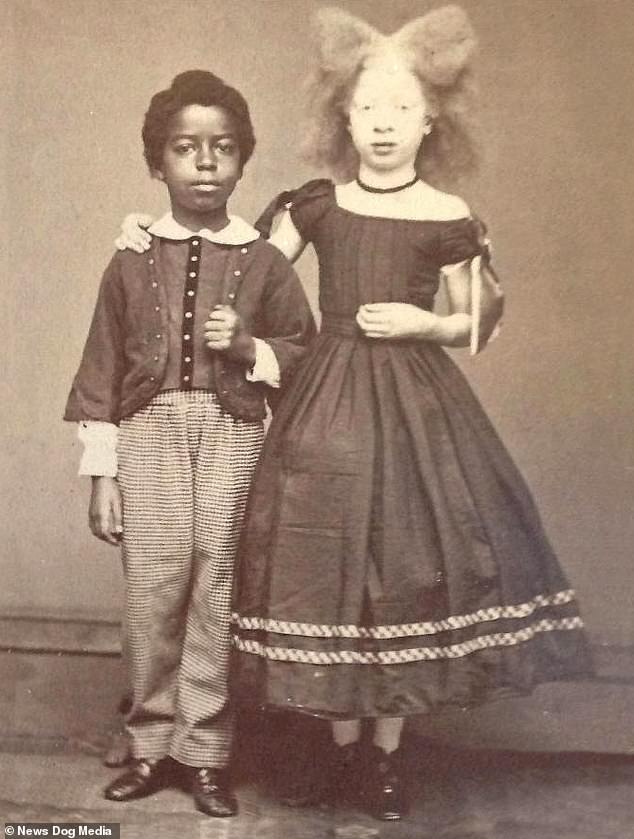Louise E. Jefferson: Mapping Courage, Redrawing History
Some people write history not with grand speeches, but with quiet perseverance. Louise E. Jefferson was one of them.
Born in 1908 in Washington, D.C., she grew up in a society where skin color and gender determined one’s opportunities. At that time, cartography—a precise and highly respected field—was dominated almost entirely by white men. For a Black woman like Jefferson, the doors were nearly closed. She faced discrimination, prejudice, and constant doubts that a Black woman could succeed in science and scholarship.
Yet those barriers became her driving force. Jefferson sharpened her skills, immersing herself in art, design, and ultimately cartography—a place where her artistic talent and scientific mind could meet. Through determination, she overcame the dismissive stares, the lack of opportunities, and the silence that often surrounded Black creators.
In 1946, she published her landmark work, “The Negro in American History.” It was not just a collection of maps, but a bold reimagining of history itself: showing America through a new lens, one that acknowledged and celebrated Black contributions. For Jefferson, maps were more than lines and borders—they were reflections of memory, dignity, and presence.
Beyond cartography, she thrived as an illustrator and designer, leaving her mark on cultural and educational projects. Every piece she created carried the same message: Black people have value, a voice, and a rightful place in history.
Her story is not only about breaking barriers. It is a reminder that:
👉 Discrimination, prejudice, and closed doors are not the end—they can be the challenge that fuels us.
👉 One person brave enough to take the uncharted path can leave a road for generations to follow.
Louise E. Jefferson did just that. And today, her legacy continues to inspire anyone who dares to rise above limits, no matter their race or gender.

